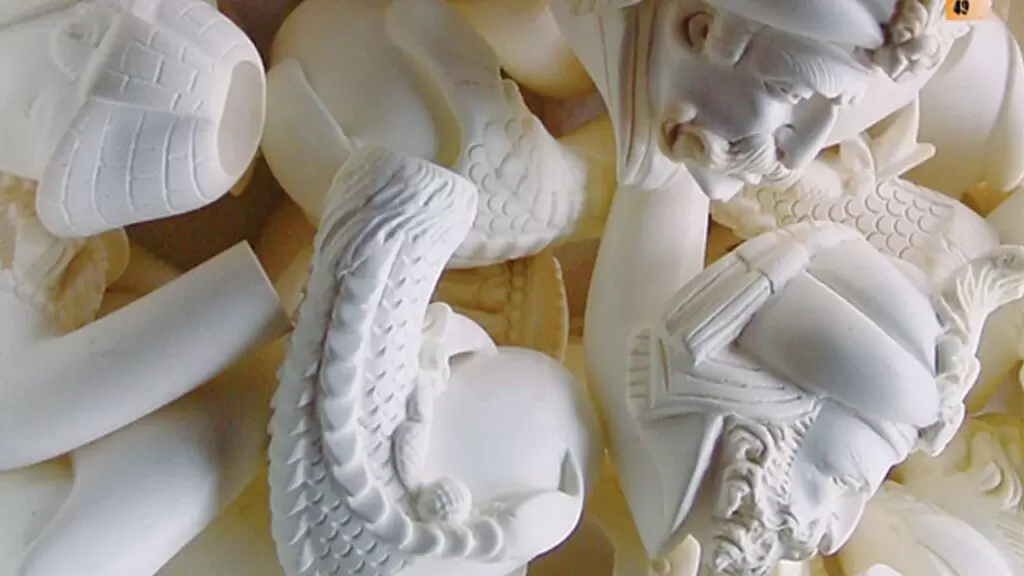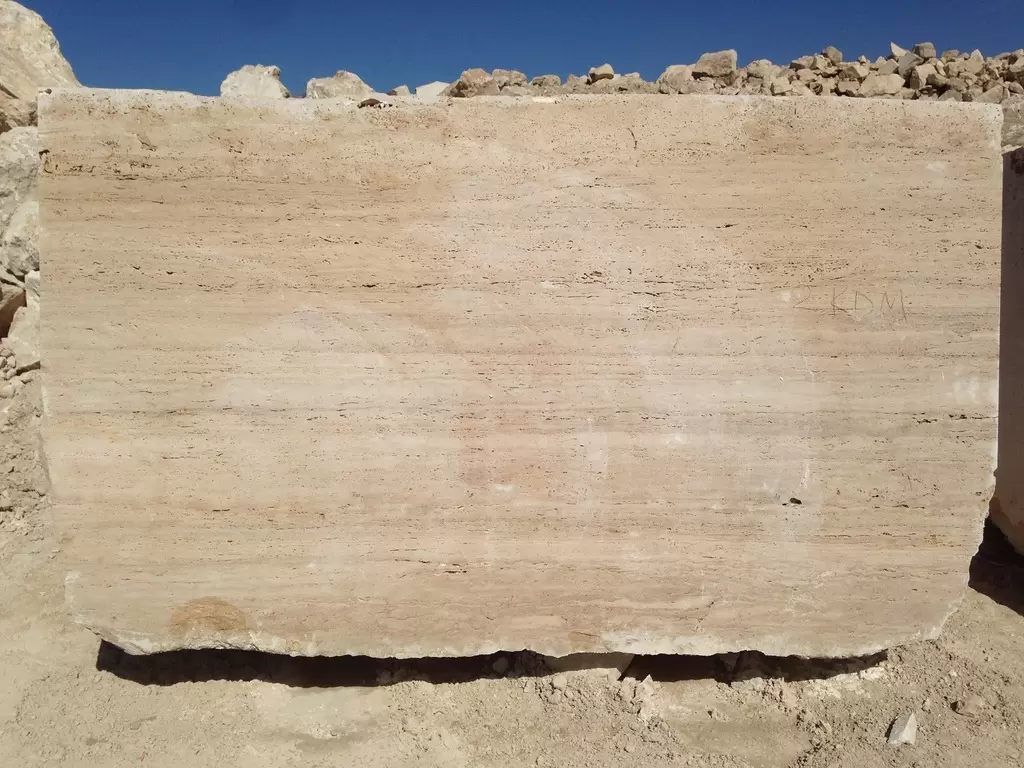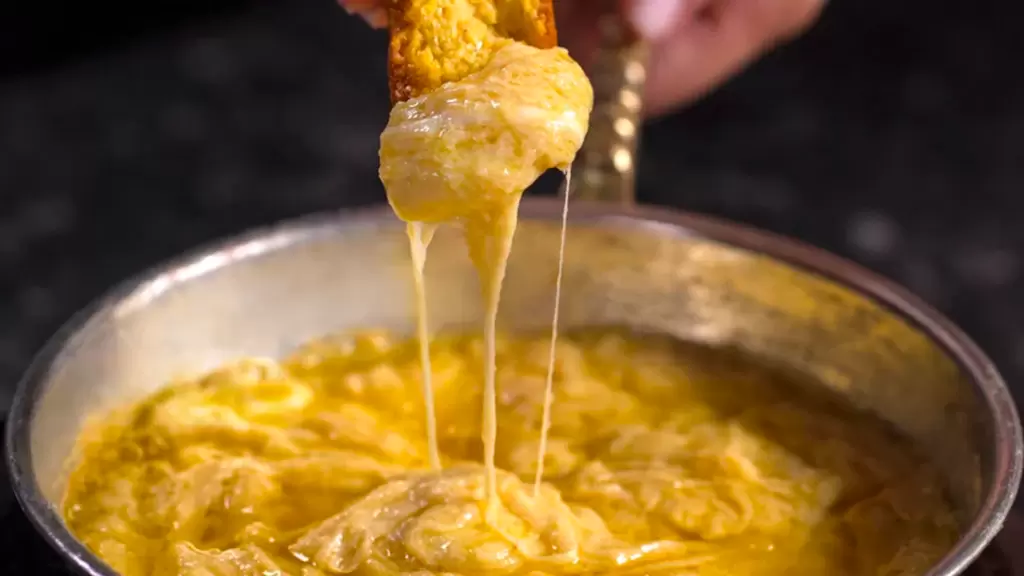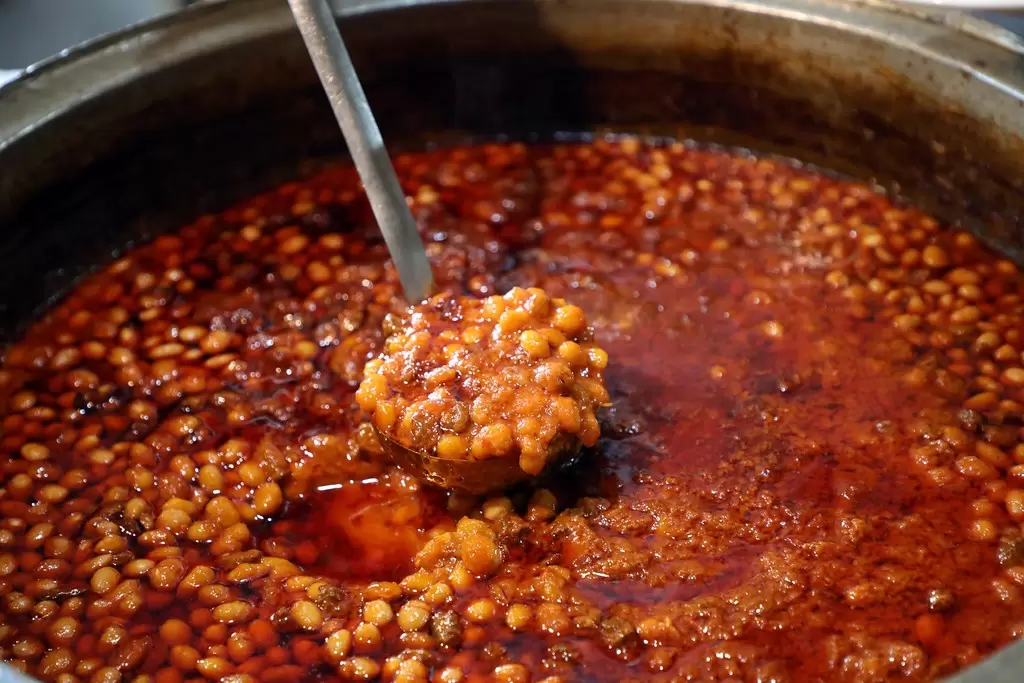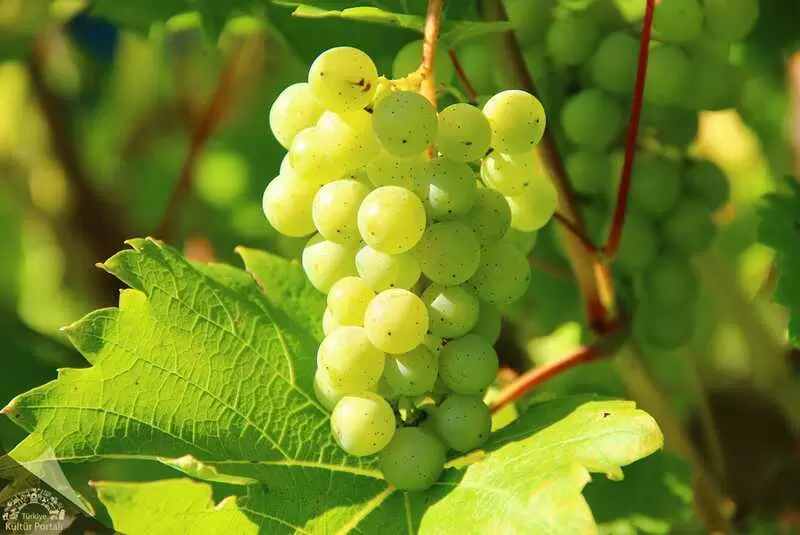
Tarsus White Grape, locally known as Topacık, is a distinguished geographically indicated product from the Tarsus region, celebrated for its unique characteristics, versatility, and traditional cultivation methods. This grape variety is highly valued for its sweet flavor, juicy texture, and adaptability to various uses, particularly in molasses production.
Distinctive Features
-
Appearance and Structure:
The Tarsus White Grape is medium-sized and spherical in shape, with a pale yellow-green skin that is moderately thick. The flesh of the fruit is plump, juicy, and sweet, with a vibrant yellow interior. The seeds are small and soft, making them less obtrusive and contributing to the overall pleasant eating experience. -
Cluster Characteristics:
The grape clusters are large, often branched, and loosely packed, with a conical or pyramidal shape. These clusters are visually appealing and allow the grapes to grow evenly, enhancing their sweetness and juice content. However, the berry-stem connection is relatively weak, causing berries to detach more easily as they mature. -
Flavor Profile and Uses:
Known for its high sugar content, the Tarsus White Grape is particularly suitable for producing molasses and molasses-based products. The sweet and juicy nature of the grapes makes them a popular choice for fresh consumption as well. Their natural balance of sweetness and acidity ensures a rich and satisfying flavor. -
Leaf Characteristics:
The leaves of the Tarsus White Grape are slightly hairy, which sets them apart from other grape varieties. Due to this texture, they are not typically used for pickling or culinary purposes, such as stuffed grape leaves. Instead, the focus remains on the fruit's high value in molasses production and fresh markets. -
Cultivation and Growth:
The vines of this grape variety are robust, highly productive, and adapted to the region's climate and soil conditions. They thrive under high training systems and respond well to short pruning methods. The clusters are loose, allowing good air circulation, which minimizes the risk of rot and disease. -
Heat Sensitivity and Shelf Life:
While the Tarsus White Grape excels in flavor and juice quality, it is sensitive to extreme heat. This sensitivity can shorten its shelf life once fully ripened. The weak berry-stem connection also means that fully mature grapes are prone to detaching from the cluster, requiring careful handling during harvest and storage. -
Cultural and Regional Significance:
As a product deeply rooted in the agricultural traditions of the Tarsus region, Tarsus White Grape represents a significant part of the local heritage. Generations of farmers have cultivated this grape using traditional methods, ensuring its authenticity and quality remain intact. -
Ripening and Maturity:
As the grapes ripen and their dry matter content exceeds 14%, the detachment of berries from the cluster accelerates. This natural process highlights the importance of timely harvest to preserve the quality and integrity of the fruit.
Tarsus White Grape, or Topacık, is more than just a fruit—it is a reflection of the rich agricultural history and cultural identity of the Tarsus region. Its exceptional taste, versatility, and traditional cultivation methods make it a standout geographically indicated product, offering a unique experience to those who enjoy it. For visitors to Tarsus, tasting this locally celebrated grape is a must, providing a genuine connection to the region’s natural and cultural heritage.










